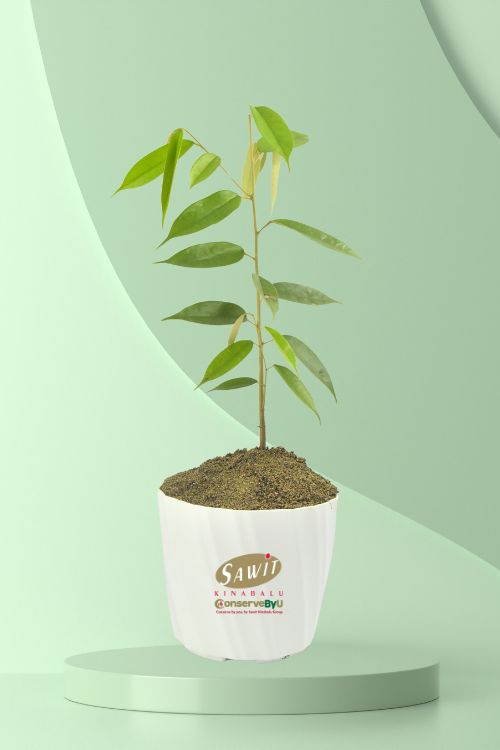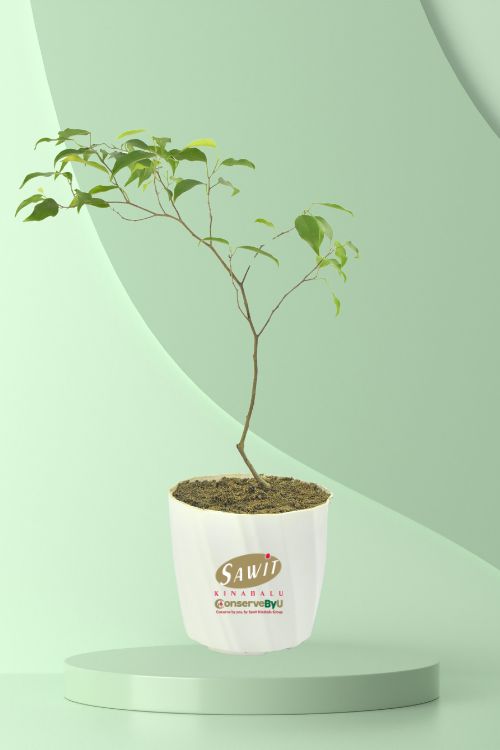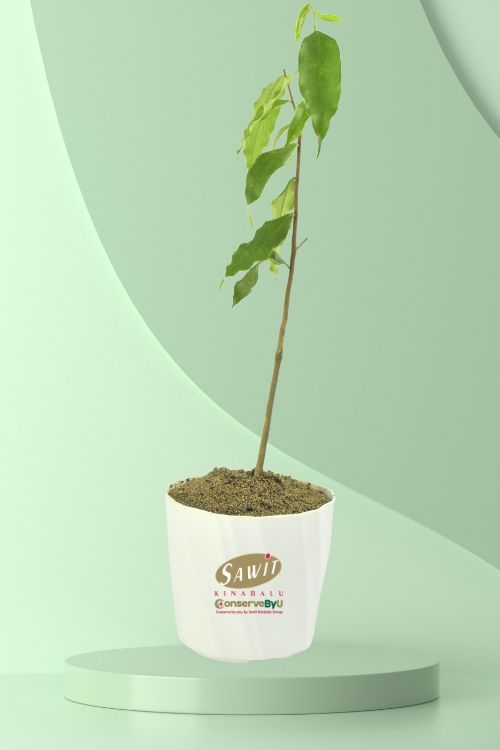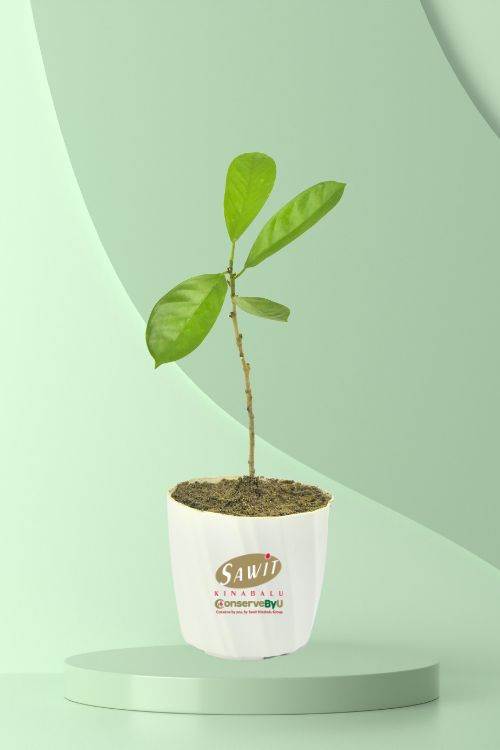| Tree Maintenance Support Duration | 1 Year, 2 Years, 3 Years, 4 Years, 5 Years |
|---|
From: RM25.00 / year
Durio zibethinus is the most common tree species in the genus Durio that are known as durian and have edible fruit also known as durian.
As with most other durian species, the edible flesh emits a distinctive odour that is strong and penetrating even when the husk is intact. Some people regard the durian as having a pleasantly sweet fragrance; others find the aroma overpowering and revolting. The smell evokes reactions from deep appreciation to intense disgust, and has been described variously as rotten onions, turpentine, and raw sewage. The persistence of its odour has led to the fruit’s banishment from certain hotels and public transportation in Southeast Asia.
There are 30 recognised Durio species, at least nine of which produce edible fruit. D. zibethinus is the only species available in the international market: other species are sold in their local regions. There are hundreds of cultivars of D. zibethinus; many consumers express preferences for specific cultivars, which fetch higher prices in the market.
Over the centuries, numerous durian cultivars, propagated by vegetative clones, have arisen in southeast Asia. They used to be grown with mixed results from seeds of trees bearing superior quality fruit, but now are propagated by layering, marcotting, or more commonly, by grafting, including bud, veneer, wedge, whip or U-grafting onto seedlings of randomly selected rootstocks. Different cultivars may be distinguished to some extent by variations in the fruit shape, such as the shape of the spines.[4] Durian consumers express preferences for specific cultivars, which fetch higher prices in the market.[6]
Most cultivars have a common name and a code number starting with “D”. For example, some popular clones are Kop (D99 Thai: กบ – “frog” [kòp]), Chanee (D123, Thai: ชะนี – gibbon [tɕʰániː]), Berserah or Green Durian or Tuan Mek Hijau (D145 Thai: ทุเรียนเขียว – Green Durian [tʰúriːən kʰǐow]), Kan Yao (D158, Thai: ก้านยาว – Long Stem [kâːn jaːw]), Mon Thong (D159, Thai: หมอนทอง – Golden Pillow [mɔ̌ːn tʰɔːŋ]), Kradum Thong (Thai: กระดุมทอง – Golden Button [kràdum tʰɔːŋ]), and with no common name, D24 and D169. Each cultivar has a distinct taste and odour. More than 200 cultivars of D. zibethinus exist in Thailand.
How Does It Work

01.
Select tree and make payment.

02.
CBU prepare for tree planting.

03.
Tree is being planted.

04.
Certificate is prepared.

05.
Confirmation email will be delivered.
An automated email is sent out upon the purchase of trees to confirm your order. After the trees have been planted (in 4 weeks or less), an email containing the following will be sent out :
- One e-certificate
- One photograph per unit & GPS coordinates of the plot where the tree was planted on
- One year maintenance care for your planted tree







